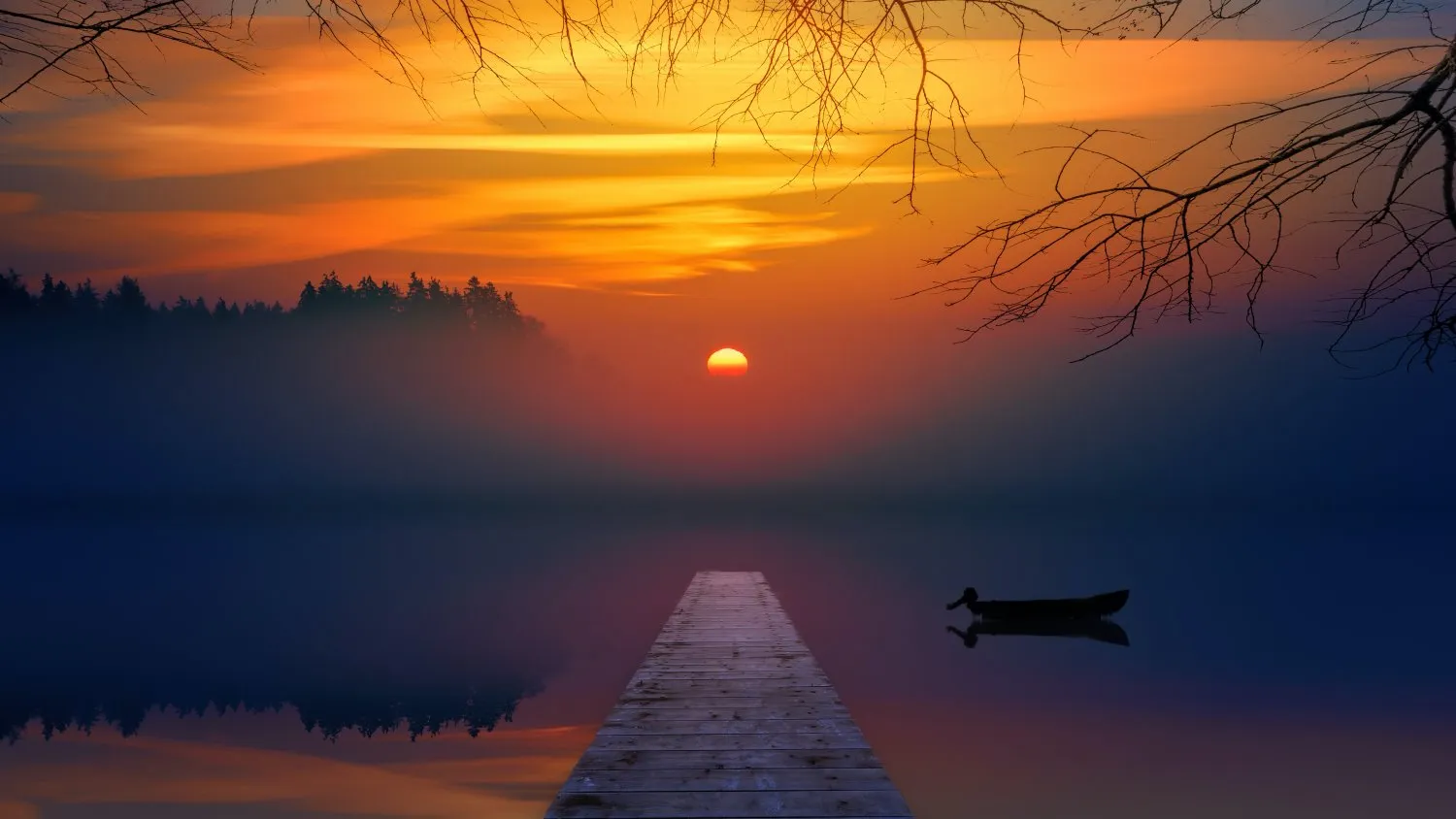There’s something magical about sunsets—the way the sky transforms into a canvas of vibrant colors is a sight to behold. Capturing the perfect sunset in a photograph can be both challenging and rewarding. Whether you’re an amateur photographer or a seasoned pro, these tips will help you make the most of that fleeting golden hour and create stunning sunset photos.
1. Plan Ahead and Scout the Location
Before you head out to capture a sunset, it’s essential to plan your shoot:
- Research the Timing: Use apps like Golden Hour or The Photographer’s Ephemeris to find out the exact time of sunset in your location. Arrive at least 30 minutes to an hour before the sun sets to scout the area and set up your equipment.
- Choose the Right Location: Look for locations with interesting foregrounds, such as a beach, mountains, cityscapes, or trees. The best sunsets often include elements that add depth and context to the scene.
- Check the Weather: Clear skies can produce beautiful colors, but some clouds can add drama and texture to your shot. A partly cloudy sky is often ideal for sunset photography.
Tip: If possible, visit the location beforehand to identify the best vantage points and compositions. This will save you time when the light is quickly changing.
2. Use the Right Gear

While you can capture beautiful sunset photos with almost any camera, having the right gear can make a significant difference:
- Camera: A DSLR or mirrorless camera with manual settings gives you the most control over exposure, focus, and depth of field.
- Lens: A wide-angle lens (14mm to 35mm) is ideal for capturing the entire scene, while a telephoto lens (70mm and above) can be great for isolating specific elements, like the sun or distant silhouettes.
- Tripod: As the light fades, a steady tripod is essential to avoid camera shake, especially when using slower shutter speeds.
- Filters: A graduated neutral density (ND) filter can help balance the exposure between the bright sky and the darker foreground. A polarizing filter can enhance colors and reduce glare.
Tip: Keep a microfiber cloth handy to wipe your lens—humidity or sea spray can fog up your glass and ruin your shots.
3. Master the Camera Settings
Sunset photography often requires manual adjustments to get the best results:
- Shoot in Manual Mode: Manual mode gives you full control over your camera settings, allowing you to adjust based on the changing light.
- ISO: Keep your ISO as low as possible (ISO 100-200) to avoid noise in your images. As it gets darker, you may need to increase it slightly.
- Aperture: Use a mid-range aperture (f/8 to f/16) to ensure both the foreground and background are in focus. A smaller aperture (higher f-number) also helps create starburst effects when the sun is partially visible.
- Shutter Speed: Start with a faster shutter speed (1/100 or higher) when the sun is still high, and slow it down (1/60 or lower) as the light fades. Use a tripod for slower speeds to avoid blur.
- Focus: Use manual focus or focus on a point in the mid-ground. If your camera struggles to focus in low light, switch to manual focus to ensure sharpness.
Tip: Bracketing your shots (taking multiple exposures at different settings) can help you capture a range of details, which you can later blend in post-processing.
4. Compose Your Shot Thoughtfully
Composition is key to creating a visually appealing sunset photo:
- Rule of Thirds: Position the horizon along the top or bottom third of the frame rather than in the center. This helps create balance and interest.
- Foreground Interest: Include elements in the foreground, like rocks, trees, or people, to add depth and context to your shot.
- Silhouettes: Sunsets are perfect for creating silhouettes. Position your subject (a person, tree, or structure) against the bright sky to create a striking contrast.
- Reflections: Water bodies like lakes, rivers, or the ocean can mirror the colors of the sky, creating a beautiful, symmetrical composition.
Tip: Experiment with different angles and perspectives—sometimes the best shot isn’t directly where the sun is setting, but to the side or even behind you.
5. Be Patient and Ready for the Perfect Moment
Sunset photography requires patience, as the light and colors can change rapidly:
- Golden Hour: The hour leading up to sunset, known as the golden hour, is prime time for soft, warm lighting. Start shooting well before the sun touches the horizon.
- Blue Hour: After the sun sets, the blue hour begins, characterized by deep blue tones. Don’t pack up too soon—you can capture some stunning, moody shots during this time.
- Capture the Afterglow: Sometimes, the best colors appear after the sun has dipped below the horizon. Stay a bit longer to capture the afterglow, when the sky can erupt in vibrant reds, oranges, and purples.
Tip: Keep shooting even as the light fades. Use longer exposures to capture the remaining light and experiment with different compositions.
6. Post-Processing for the Final Touch
Editing your sunset photos can help bring out the best in your images:
- Adjust Exposure: Fine-tune the exposure to ensure your image isn’t too dark or too bright. Lift the shadows if needed, but be careful not to overdo it.
- Enhance Colors: Increase the vibrance and saturation slightly to make the sunset colors pop. Use the HSL sliders to adjust specific colors.
- White Balance: Adjust the white balance to bring out the warmth in your image. A slight shift towards the warmer side can emphasize the golden tones.
- Sharpen and Reduce Noise: Apply sharpening to bring out details, especially if you used a longer exposure. Use noise reduction if you shot at a higher ISO.
Tip: Be subtle with your edits—sunset photos can easily look over-processed if you push the settings too far. Aim for a natural, yet vibrant look.
Conclusion
Capturing the perfect sunset is a blend of preparation, technique, and timing. By following these tips, you can maximize your chances of taking stunning sunset photos that truly capture the beauty of the moment. Remember, practice makes perfect—each sunset is unique, so keep experimenting with different settings, compositions, and techniques. Whether you’re photographing a serene beach sunset or a dramatic cityscape, the key is to enjoy the process and let your creativity shine.










